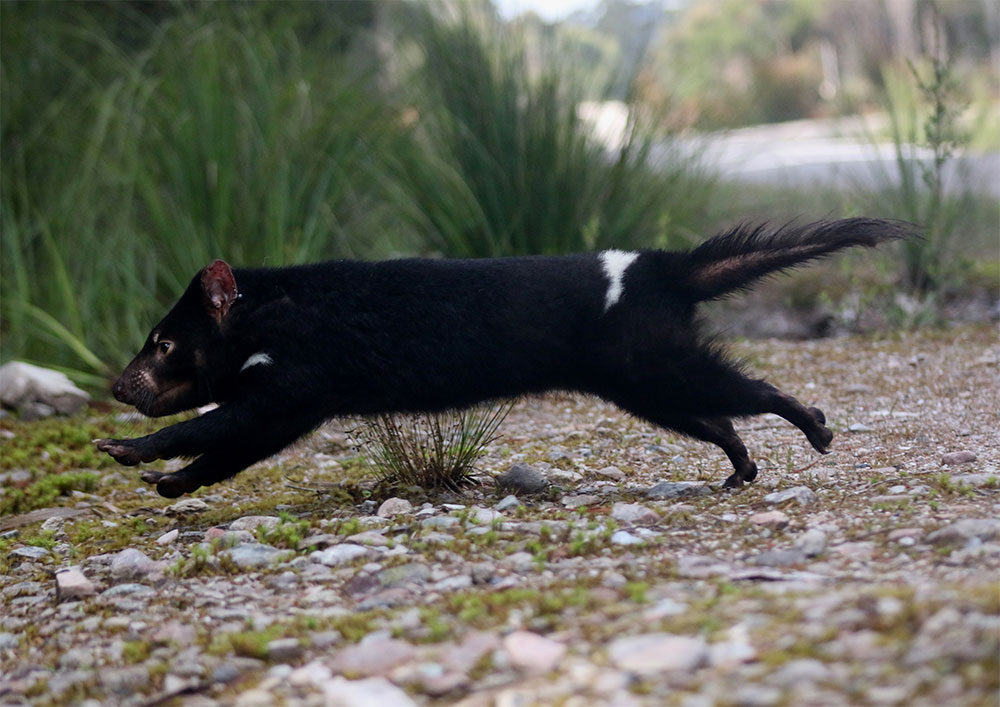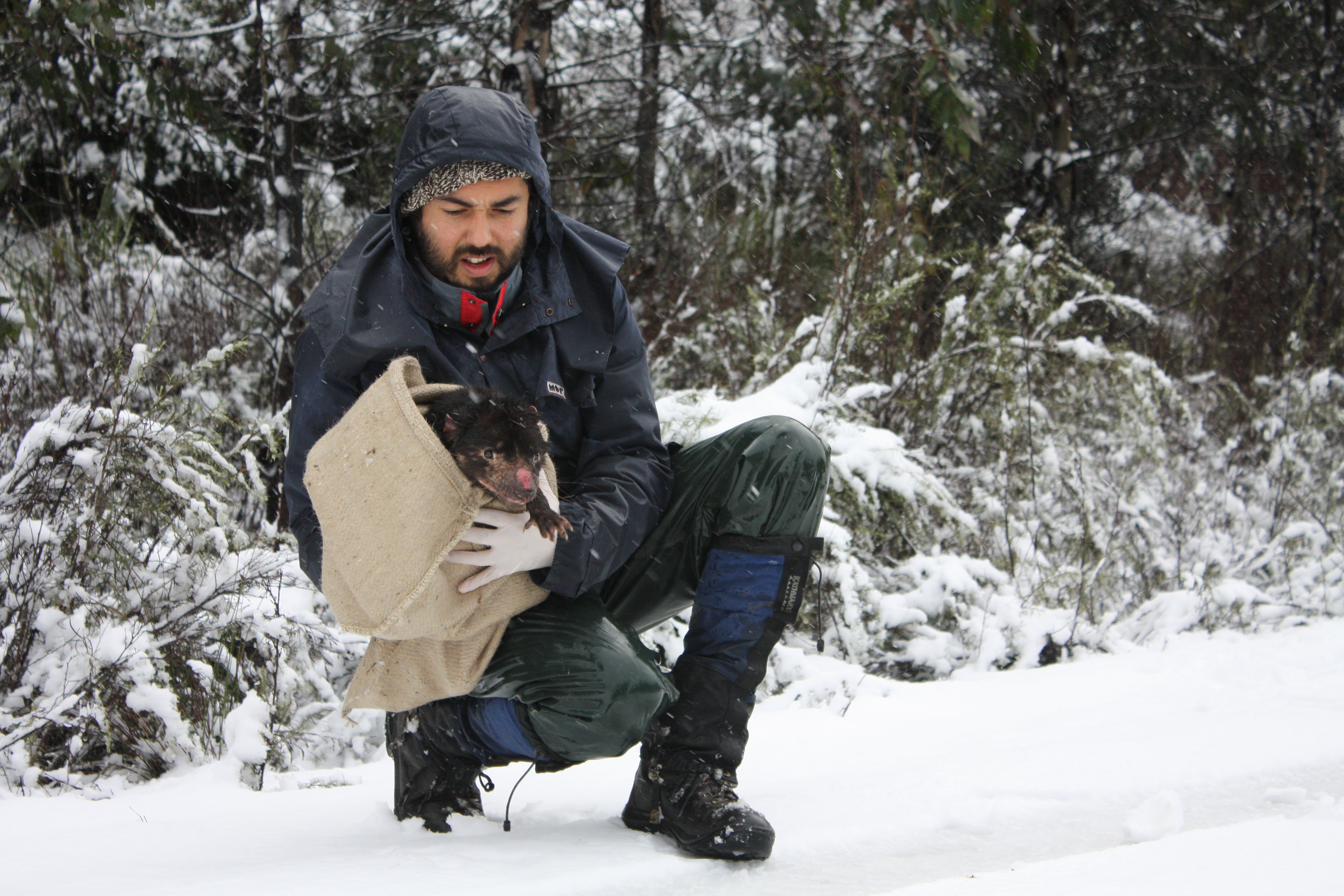- Home
-
Study with us
Study with us
We make sure that every student has a hands-on education that’s filled with adventure.
Learn more- Study with us overview
- Applying to university
- Pathways to university
- Undergraduate courses
- Postgraduate courses
- Research degrees
- Online courses
- Short courses
- Where study meets sustainability
- Our accommodation
- Scholarships, fees and costs
- Starting at the University
- Learning abroad
- International students
-
Uni life
Uni life
There’s more to uni than studying. Learn how you can connect with new people through events, sports, volunteering opportunities, and more.
Learn more -
Our research
Our research
We are proud of our research excellence, which delivers impact for and from Tasmania.
Learn more -
For community & partners
For community & partners
We pride ourselves on forming deep connections, collaborating not just with one another, but with local industry, schools, and everyone who calls our island home.
Learn more -
About us
About us
Tasmania is an island of creative and curious minds. No matter where you join us from, you’ll become part of a welcoming and collaborative community.
Learn more
I'm interested in
Are you an international student?
We want to provide content that's relevant to you. Your options are stored in a browser cookie which you can delete at any time via the link below.
Choose a login
Search
- Refined by:
- News Tags: Tasmanian Devil
11 -
20 of
20
search results
Fully-matching results
-

Immunised devils fighting cancer from within
https://www.utas.edu.au/about/news-and-stories/articles/2018/543-immunised-devils-fighting-cancer-from-within22 Feb 2018: A new study has found more than 95 per cent of Tasmanian devils immunised prior to being released into the wild have generated a robust antibody response to the deadly devil facial tumour disease (DFTD). Lead author Dr Ruth Pye from the University -

Scholarships securing the future of the Tasmanian devil
https://www.utas.edu.au/about/news-and-stories/articles/2023/scholarships-securing-the-future-of-the-tasmanian-devil4 Apr 2023: This is Brandy, a handsome Tasmanian devil aptly named by Tamar Valley vineyard owner Tim High during a research trip in November 2022. Tim and his wife, Sheena, support two scholarships for graduate students working in priority study areas for the -

Securing the future of our Tasmanian devil
https://www.utas.edu.au/about/news-and-stories/articles/2016/41-securing-the-future-of-our-tasmanian-devil18 Feb 2016: The mission to save our iconic Tasmanian devils is not an easy one, but our team of devils advocates is fighting on, with University of Tasmania Menzies Institute for Medical Research scientists leading the charge. The Devil Facial Tumour Disease -

Tasmanian devils may survive their own pandemic
https://www.utas.edu.au/about/news-and-stories/articles/2020/tasmanian-devils-may-survive-their-own-pandemic11 Dec 2020: Researchers have found strong evidence that a transmissible cancer that has decimated Tasmanian devil populations is not likely to lead to their demise. The study, published in the journal Science, indicated that the devils’ pandemic is shifting -

Darwin and the devil’s plight: is natural selection finding a way to…
https://www.utas.edu.au/about/news-and-stories/articles/2020/darwin-and-the-devils-plight-is-natural-selection-finding-a-way-to-combat-cancer30 Sep 2020: Research into the deadly cancer affecting Tasmanian devils has found the marsupials are mounting their natural defence against the disease. An international team from Australia, the US, United Kingdom and France has analysed the natural adaptations -

Tasmanian devil facial tumours reveal secrets of cancer evolution
https://www.utas.edu.au/about/news-and-stories/articles/2023/tasmanian-devil-facial-tumours-reveal-secrets-of-cancer-evolution21 Jun 2023: Facial tumours evolve to coexist with Tasmanian devil populations. The deadly cancer that has been affecting devil populations for almost three decades has been subject to mutations that are allowing devils to persist in long-term affected areas. An -

Deadly disease can ‘hide’ from a Tasmanian devil’s immune system
https://www.utas.edu.au/about/news-and-stories/articles/2017/223-deadly-disease-can-hide-from-a-tasmanian-devils-immune-system4 Jan 2017: The Tasmanian devil facial tumour (DFT) cells may use a molecular deception – common in human cancers – that could allow the deadly disease to avoid the animal’s immune system, according to our new research published this month. Recently it -

Tassie devils’ decline has left a feast of carrion for feral cats
https://www.utas.edu.au/about/news-and-stories/articles/2018/801-tassie-devils-decline-has-left-a-feast-of-carrion-for-feral-cats29 Nov 2018: The decline of Tasmanian devils is having an unusual knock-on effect: animal carcasses would once have been gobbled up in short order by devils are now taking many days longer to disappear. We made the discovery, published today in the journal -

On the trail of the London thylacines
https://www.utas.edu.au/about/news-and-stories/articles/2018/573-on-the-trail-of-the-london-thylacines9 Apr 2018: On a cold, dark night in the winter of June 2017, hundreds of people gathered on the lawns of Hobart’s parliament house to join a procession that carried an effigy of a giant Tasmanian tiger (thylacine) to be ritually burnt at Macquarie Point. In -

Spotlight on a devil researcher: Professor Greg Woods
https://www.utas.edu.au/about/news-and-stories/articles/2024/spotlight-on-a-devil-researcher-professor-greg-woods23 Apr 2024: As we look back on 21 years of fundraising to protect the Tasmanian devil from Devil Facial Tumour Disease (DFTD1 and DFTD2), it is a good time to highlight some of the critical work undertaken in the early days. Professor Greg Woods with PhD
Refine your results
- Past month 1
- Past 3 months 2
- Past 6 months 2
- Past year 3
- 2024 2
- 2023 2
- 2022 2
- 2021 1
- 2020 3
- 2018 5
- 2017 2
- 2016 2
- 2015 1
- Tasmanian Devil 0
- Sciences and Engineering 534
- Research 499
- Arts, Law and Education 464
- Arts Law and Education 464
- Study 253
- Alumni 243
- Health and Medicine 236
- School of Natural Sciences 218
- Media Releases 213
- Business and Economics 205
- Institute for Marine and Antarctic Studies 205
- Tasmanian School of Business and Economics 177
- Tasmanian Institute of Agriculture 172
- School of Creative Arts and Media 150
- Sustainability 141
- Earth, Sea, Antarctic and Environment 138
- School of Humanities 136
- Science, Technology and Engineering 128
- Science Technology and Engineering 128
- Research degree 125
- Hobart 120
- The Conversation 118
- Humanities and Social Sciences 117
- Education 117
- Biological Sciences 114
- Graduate 111
- Education, Humanities and Social Sciences 108
- Undergraduate courses 101
- Community 101
- Social Change 99
- School of Social Sciences 99
- Business 96
- School of Law 95
- Community and public engagement 92
- Earth Sciences 92
- Business and Law 91
- Impact 90
- Campuses 89
- Engagement 88
- School of Education 88
- Postgraduate courses 83
- Scholarships, fees and costs 83
- Bachelor's degree 83
- Business Network 80
- Lifestyle 79
- Creative Arts and Design 78
- Peter Underwood Centre 74
- North West Tasmania 74
- Giving 73
- 4 Quality Education 72
- Schools and Community 71
- Menzies Institute for Medical Research 71
- Fine Arts 71
- Art and Culture 68
- 10 Reduced Inequalities 68
- Australian Maritime College 68
- Law 68
- Domestic student 67
- Cradle Coast 66
- Environmental Sciences 66
- Newsroom 65
- High achievers 64
- Non-school leavers 64
- Transformation 62
- Agricultural Science 61
- Business Industry and Government Partnerships 61
- English 61
- Aboriginal and Torres Strait Islander 60
- Launceston 60
- Tasmanian students 59
- International student 58
- Partners 58
- Profiles 57
- Music 57
- History and Classics 57
- School of Engineering 56
- South Tasmania 56
- Marketing 55
- 13 Climate Action 54
- Science 54
- Hedberg 53
- Research Partnerships 53
- Engineering 53
- School of Nursing 52
- Overseas experiences 52
- 14 Life Below Water 51
- Careers and employment 51
- Media and Communication 51
- Wicking Dementia Research and Education Centre 51
- Medicine 50
- School of Psychological Sciences 49
- Inveresk 49
- Tasmanian School of Medicine 49
- School of Geography Planning and Spatial Sciences 49
- North Tasmania 48
- Marine and Antarctic Science 48
- International students 48
- Educational Partnerships 48
- Agricultural Veterinary and Food Sciences 47
- Economics 46
Back to results
Shortlist
Clear
all
Back to results
History
Recently clicked results
Clear
all
Recent searches
Clear
all
The University of Tasmania uses cookies to deliver content that’s relevant to you. We rely on cookies to remember your preferences, provide personalised content, and to analyse our website traffic. You consent to our cookies if you click “Accept”. Please refer to our privacy policy for more information.
- Essential functionality (required) - these cookies are needed for this website to run and are always turned on.
- Personalisation and preferences - these cookies help us remember your preferences and deliver a more personalised experience.
- Personalisation and analytics - these cookies help us gather non-identifiable data about the way our site is used and to help us make improvements.
- Marketing and promotion